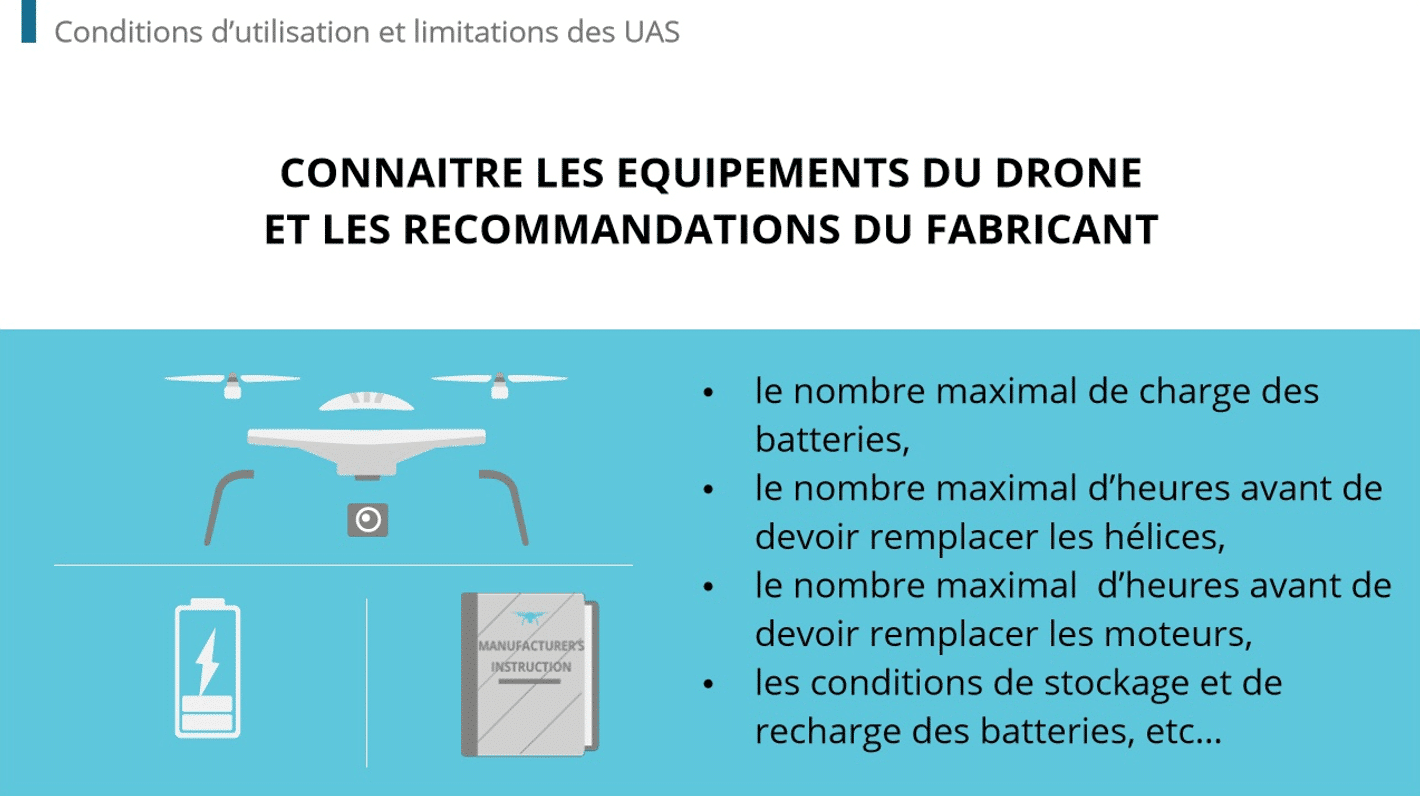42% of companies who use e-learning generate more income, according to Studocu statistics. Whether you hire one or a thousand employees, you need to train them on a number of procedures. This includes their job function, logistical work, and industry compliance to list a few. More organisations are turning to learning management systems (LMS) to foster remote e-learning and cross-collaboration. But is the LMS price worth the subscription cost? And do you get a return on investment from both a money- and time-saving perspective?
LMS price : the advantages of remote learning
A clear advantage of an LMS is that it enables a fully remote learning environment. This has cost-saving benefits for companies that conduct onboarding and refresher training.
According to one study, institutions saved $66 for every hour of learning by implementing remote learning over traditional classroom education. With virtual learning, there’s less overhead on costs like lighting, paper, textbooks, etc. The following are some of the key benefits of remote learning.
Ensure industry compliance
Audits can appear out of the blue. If your organisation’s protocols aren’t in step with the latest industry compliance standards, you can amass hefty fines. While fines vary by industry and size, the total cost can be financially crippling—not to mention devastating to the institution’s long-term reputation. In 2016, UK organisations paid an average of £115,440 in fines for breaches in health and safety codes. By contrast, the cost of running a health and safety compliance training program averaged between £5,000 and £40,000.
With an LMS, you can create a compliance course with the most recent updates. Should an audit occur, the course itself and the certificates you issue to students serve as proof that you acted in good faith in following compliance guidelines.
LMS price is worth the flexibility
Flexibility is one of the most significant factors for boosting morale. With an LMS, students can complete course modules and homework assignments at their own leisure as long as they meet deadlines. Flexibility leads to higher morale, which in turn increases productivity. In one survey, 94% of employers indicated that staff productivity improved or remained the same when their company made a full or partial shift to a remote working environment.
Review material anytime, anywhere
With an LMS, learners can access the training material 24/7, including reading guides, videos, and recorded webinars. Furthermore, if they have questions, they have several options. They can contact the instructor directly through the system’s one-on-one chat feature, or get help from fellow learners by inquiring via the discussion board.
Train remote employees
If you employ remote workers overseas, then training in a brick-and-mortar environment is out of the question. With an LMS-implemented e-learning course, create training that’s accessible to in-house and remote employees alike. Disseminating the same training at the same time ensures everyone is on the same page and completely eliminates training discrepancies.
How to make the LMS price worth the investment
The value you get out of an LMS depends on multiple factors. Here are some ways to reap the most of an LMS investment.
1. Use the progress trackers
Good LMSs come with built-in progress-tracking features to measure employee training effectiveness. Select the metrics of your choice, and the system sorts the data and presents the key performance indicators in real time. Identify students who may be underperforming and provide supplemental lessons or courses to get their scores up. This ensures all members are on pace when it comes to the knowledge side of industry operations.
2. Hold classes often
Employees won’t retain the information if training is a one-time endeavour. Hold training on an annual, bi-annual, or quarterly basis. Refresher training also ensures staff receives updates on company procedures, compliance changes, etc. With an LMS, making changes to the course is easy and cost-efficient. Make amendments to individual course modules as needed, and there’s no need to replace outdated textbooks.
3. Hold live webinars
Live virtual webinars provide a classroom ambience without actually being in the classroom. It also gives students a chance to interact directly with the instructor in the convenience of their home. With the push of a button, record the session and make it available for students to review anytime.
4. Take advantage of gamification features
Students learn more if they’re having fun. Gamification makes training significantly more engaging. One study found that employees retained more of what they learned when there are fun activities involved. By fun, we mean informal learning methods, such as exchanging ideas with peers, having happy hours, and experimenting with out-of-the-box ideas. Gamification allows learners to engage with their peers through friendly competition.
Maximise staff training with Dokeos LMS
With consistent use, investing in an LMS will more than pay itself off. Apart from saving money and time, you also gain other elements you can’t place a price on, such as peace of mind. With the plethora of features available in Dokeos LMS, get back what you pay for many times over. Sign up for a risk-free trial today!
The best LMS for remote training has an intuitive user interface, is customizable, and is scalable. Ready to start building effective, easy-to-use training programs for your company? At Dokeos, we can help you design, create, and run in-house training that is tailored to your unique needs. Dokeos LMS features an easy-to-use course builder complete with pre-made templates. Contact us !








































